Discover 9 hidden attractions, cool sights, and unusual things to do in Hiraizumi (Japan). Don't miss out on these must-see attractions: Chūson-ji, Mōtsū-ji, and Takadachi Gikeidō. Also, be sure to include Kanjizaiō-in in your itinerary.
Below, you can find the list of the most amazing places you should visit in Hiraizumi (Iwate).
Table of Contents
Chūson-ji
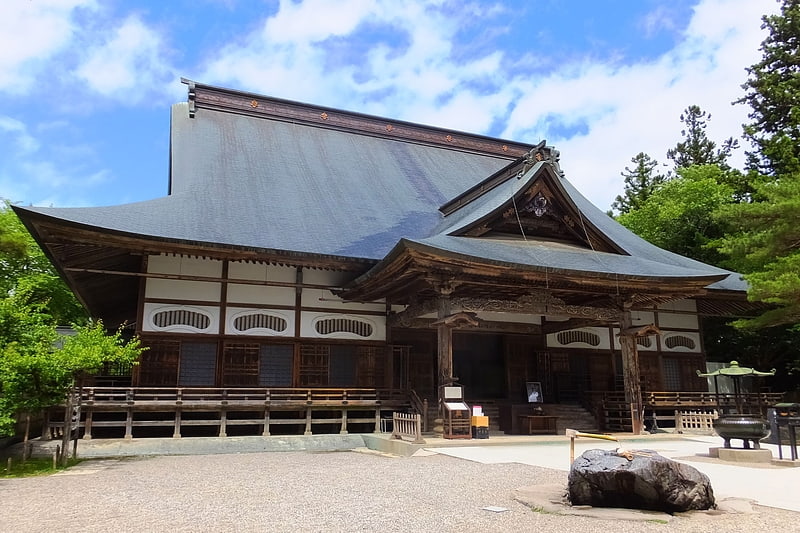
Also known as: 中尊寺
Buddhist temple with a mausoleum. Chūson-ji is a Buddhist temple in the town of Hiraizumi in southern Iwate Prefecture, Japan. It is the head temple of the Tendai sect in Tōhoku region of northern Honshu. The temple claims it was founded in 850 by Ennin, the third chief abbot of the sect. George Sansom states Chūson-jí was founded by Fujiwara no Kiyohira in 1095. Chūson-jí was designated as a Special Historic Site in 1979 and in June 2011 was listed as a UNESCO World Heritage Site as a part of the "Historic Monuments and Sites of Hiraizumi".[1]
Address: 202 Koromonoseki, Hiraizumi, 029-4102 Hiraizumi-cho
Mōtsū-ji
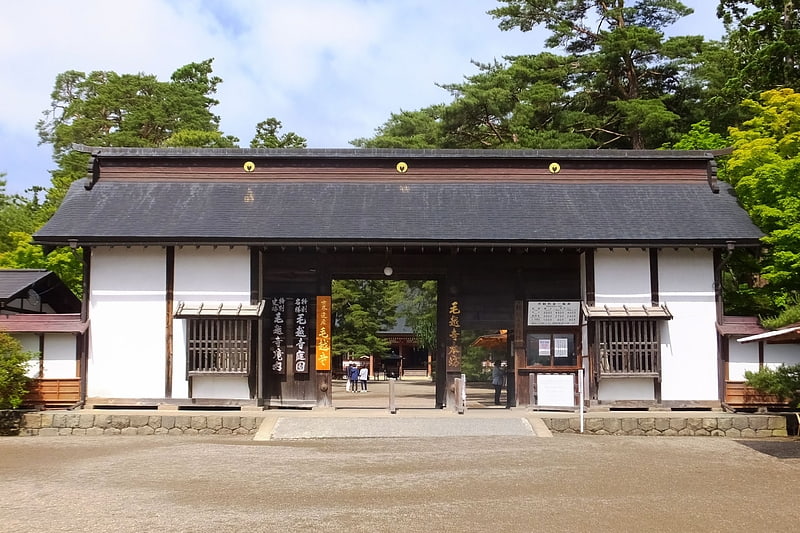
Also known as: 毛越寺
Temple in Hiraizumi, Japan. Mōtsū-ji is a Buddhist temple of the Tendai sect in the town of Hiraizumi in southern Iwate Prefecture, Japan, and also refers to the historic area surrounding it containing the ruins of two older temples, Enryū-ji and Kashō-ji in a Jōdo garden. The current temple was built in the 18th century and bears no relation to the ancient temple structures that once stood here. In June 2011, Mōtsū-ji was listed as a UNESCO World Heritage Site as "Historic Monuments and Sites of Hiraizumi".[2]
Address: 58 Hiraizumi Osawa, 029-4102 Hiraizumi-cho
Takadachi Gikeidō
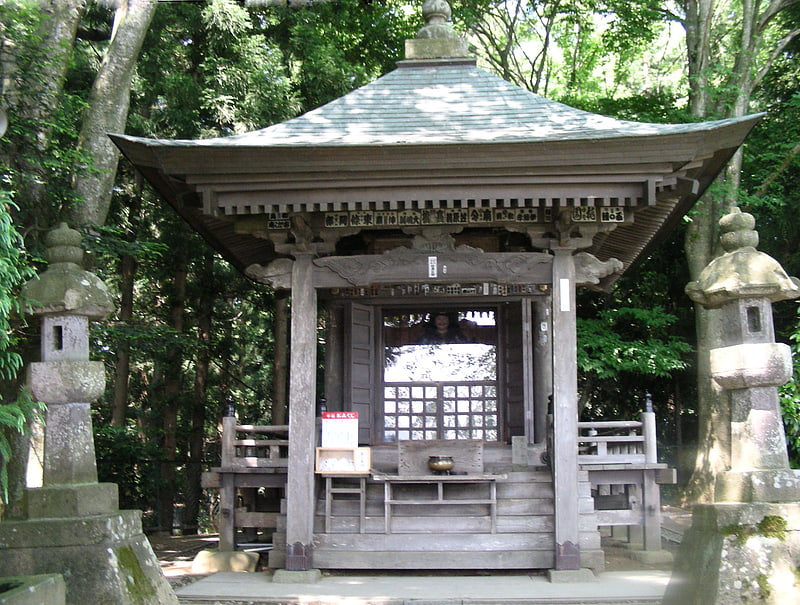
Takadachi Gikeidō is a Buddhist chapel located in Hiraizumi in what is now southern Iwate Prefecture in the Tōhoku region of Japan, dedicated to Minamoto no Yoshitsune. It was designated a nationally designated Place of Scenic Beauty in 2014 as part of the Landscapes of the Oku no Hosomichi. It is managed by neighboring Mōtsū-ji.[3]
Kanjizaiō-in
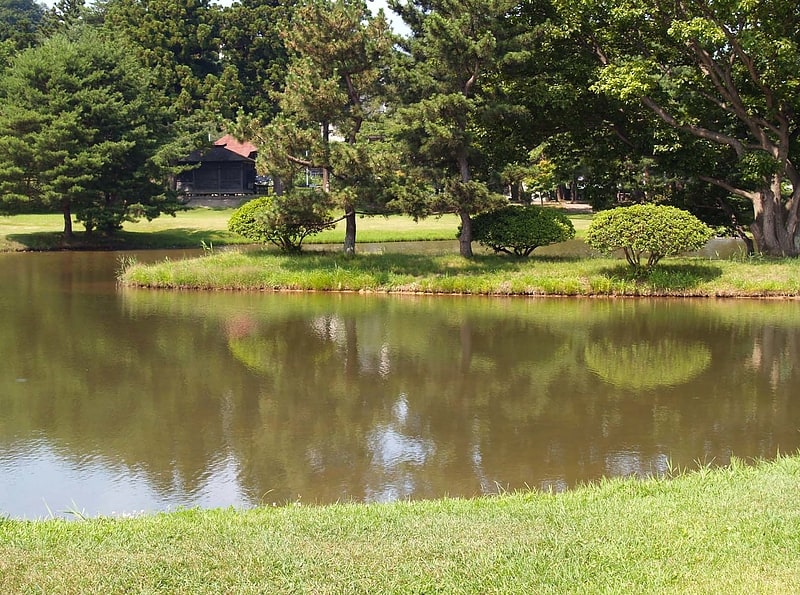
Also known as: 観自在王院跡
Temple in Hiraizumi, Japan. Kanjizaiō-in was a Buddhist temple located in Hiraizumi in what is now southern Iwate Prefecture in the Tōhoku region of Japan. The temple fell into ruins during the Kamakura period; however, the pond from its gardens has been restored to its original dimensions, and has been designated a nationally designated Place of Scenic Beauty in 2005. The ruins are also covered as part of the Special National Historic Site designation for neighboring Mōtsū-ji. Together with other important sites in Hiraizumi, the ruins form part of the UNESCO World Heritage Site Historic Monuments and Sites of Hiraizumi.[4]
Muryōkō-in

Also known as: 無量光院跡
Temple in Hiraizumi, Japan. Muryōkō-in is former temple in Hiraizumi in what is now southern Iwate Prefecture in the Tōhoku region of Japan. The site is designated as both a Special Place of Scenic Beauty and a Special National Historic Site.[5]
Address: Hiraizumi, Hanarichi, 029-4102 Hiraizumi-cho
Takkoku-no-Iwaya
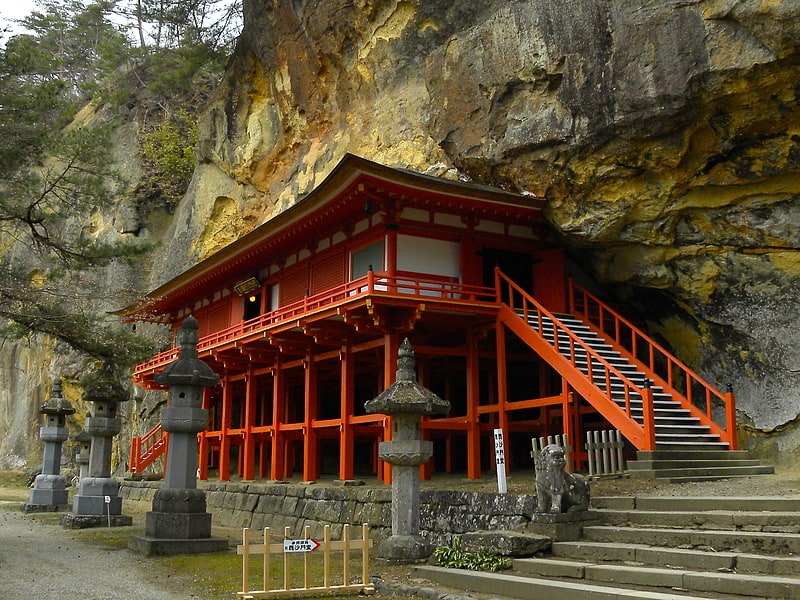
Also known as: 達谷窟
Temple in Hiraizumi, Japan. Takkoku-no-Iwaya is a Tendai sect Buddhist temple in Hiraizumi in southern Iwate Prefecture in the Tōhoku region of Japan. Its main image is a stone image of Bishamon-ten. Its formal name is the Takkoku no Iwaya Bishamon-do. The grounds have been designated a National Historic Site since 2005[6]
Address: 16 Hiraizumi Kitazawa, 029-4102 Hiraizumi-cho
Historic Monuments and Sites of Hiraizumi
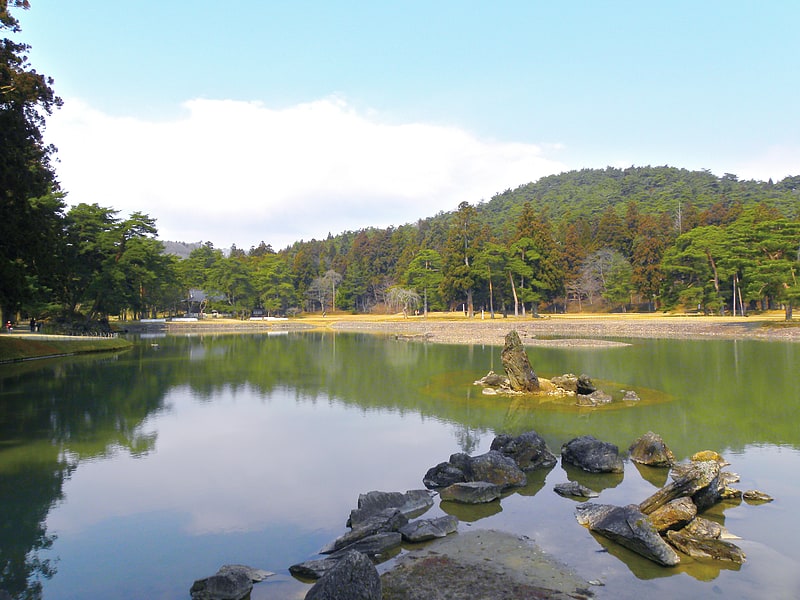
Also known as: 平泉
UNESCO-listed archaeological site. Hiraizumi – Temples, Gardens and Archaeological Sites Representing the Buddhist Pure Land is a grouping of five sites from late eleventh- and twelfth-century Hiraizumi, Iwate Prefecture, Japan. The serial nomination was inscribed on the UNESCO World Heritage List in 2011, under criteria ii and vi.[7]
Yanagi-no-Gosho
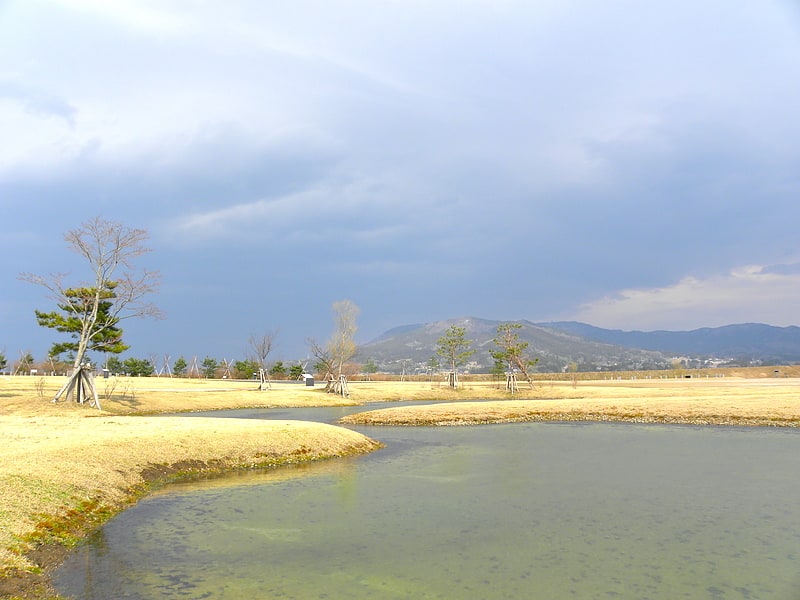
Also known as: 柳之御所遺跡
Historical landmark in Hiraizumi, Japan. The Yanagi Palace was the late Heian period palace complex of the Northern Fujiwara clan, the rulers of Hiraizumi, in what is now southern Iwate Prefecture, Japan. It is protected by the central government as a National Historic Site.[8]
Kinkeizan
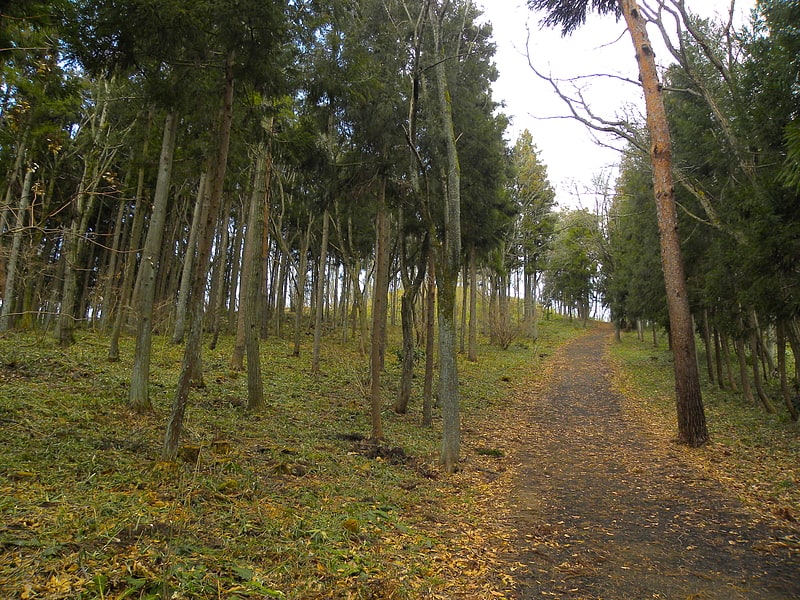
Also known as: 金鶏山
Hill. Mount Kinkei is a conical hill in the town of Hiraizumi in southwestern Iwate Prefecture, Japan. The mountain is part of the UNESCO World Heritage Site Historic Monuments and Sites of Hiraizumi.[9]